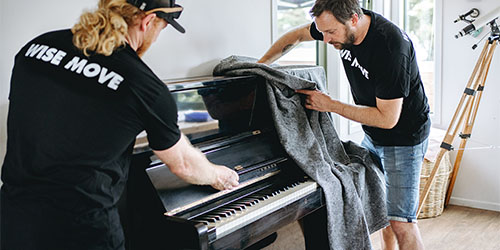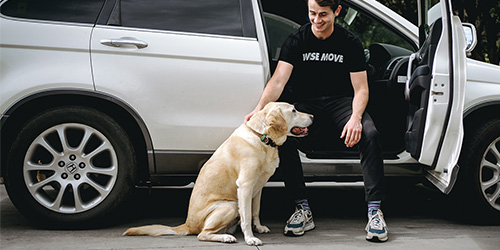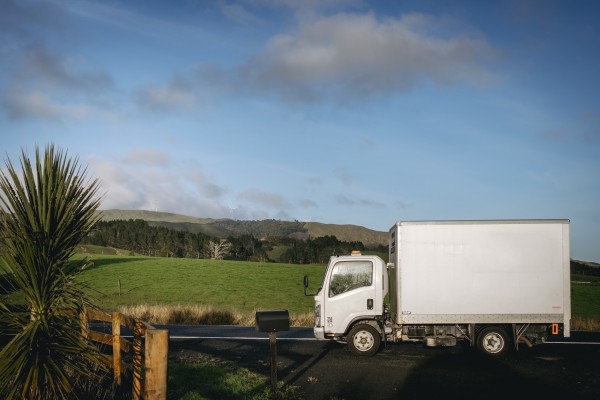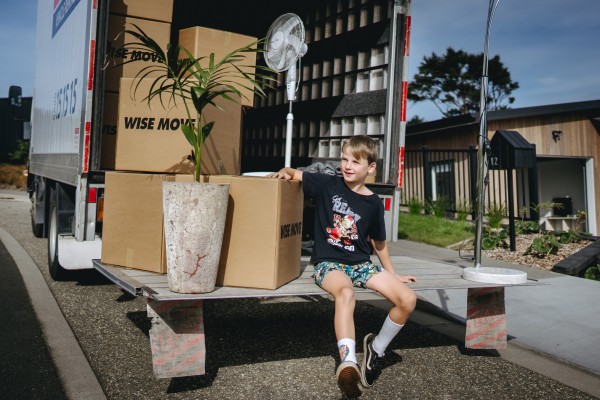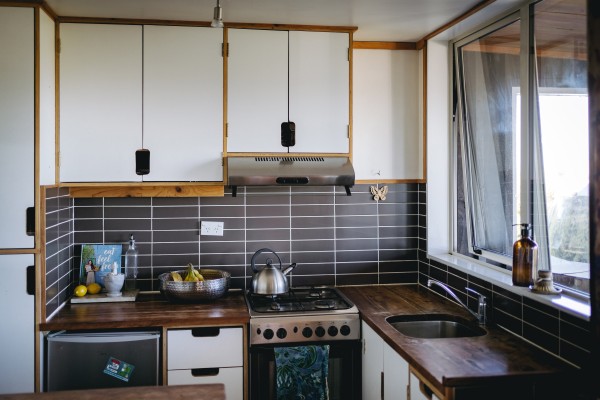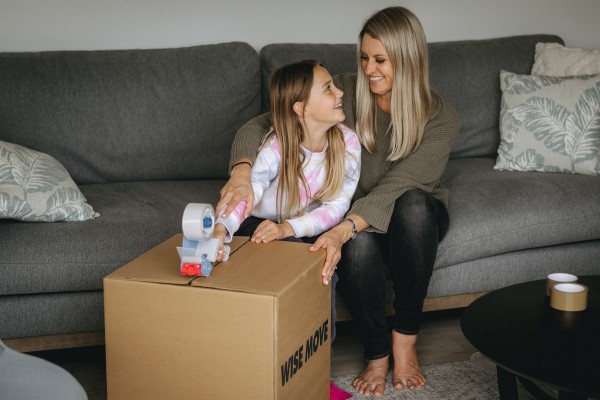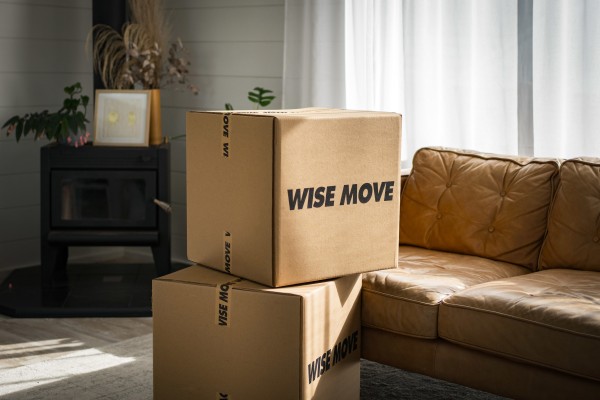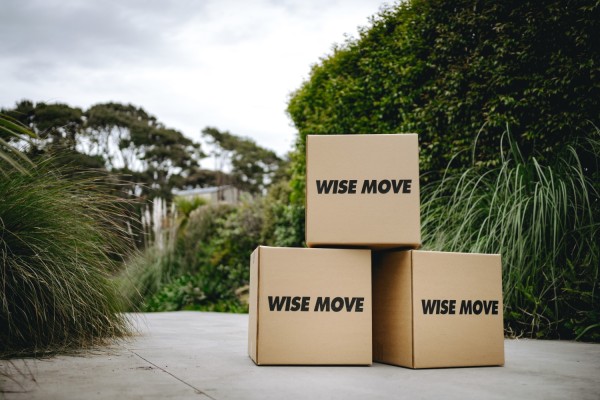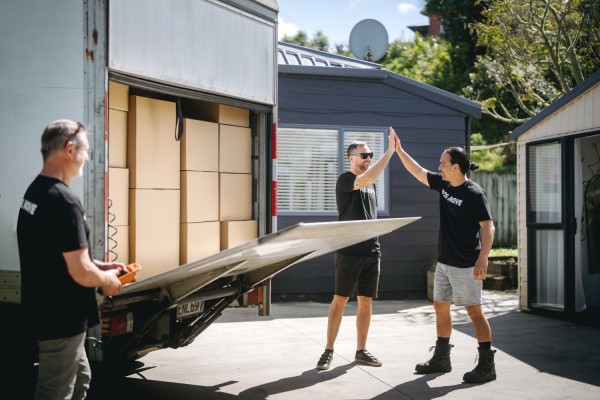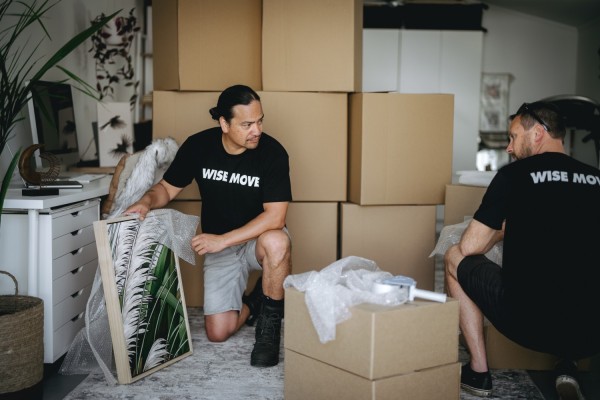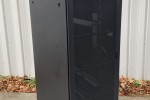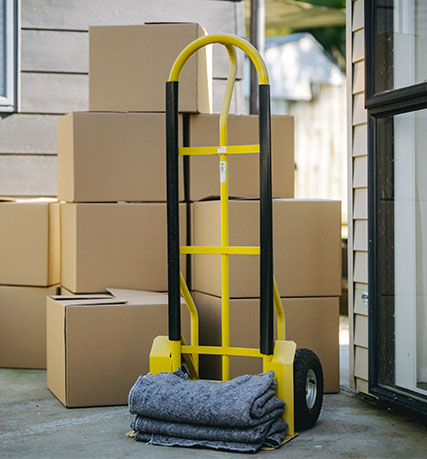10 tips for moving house in snowy weather
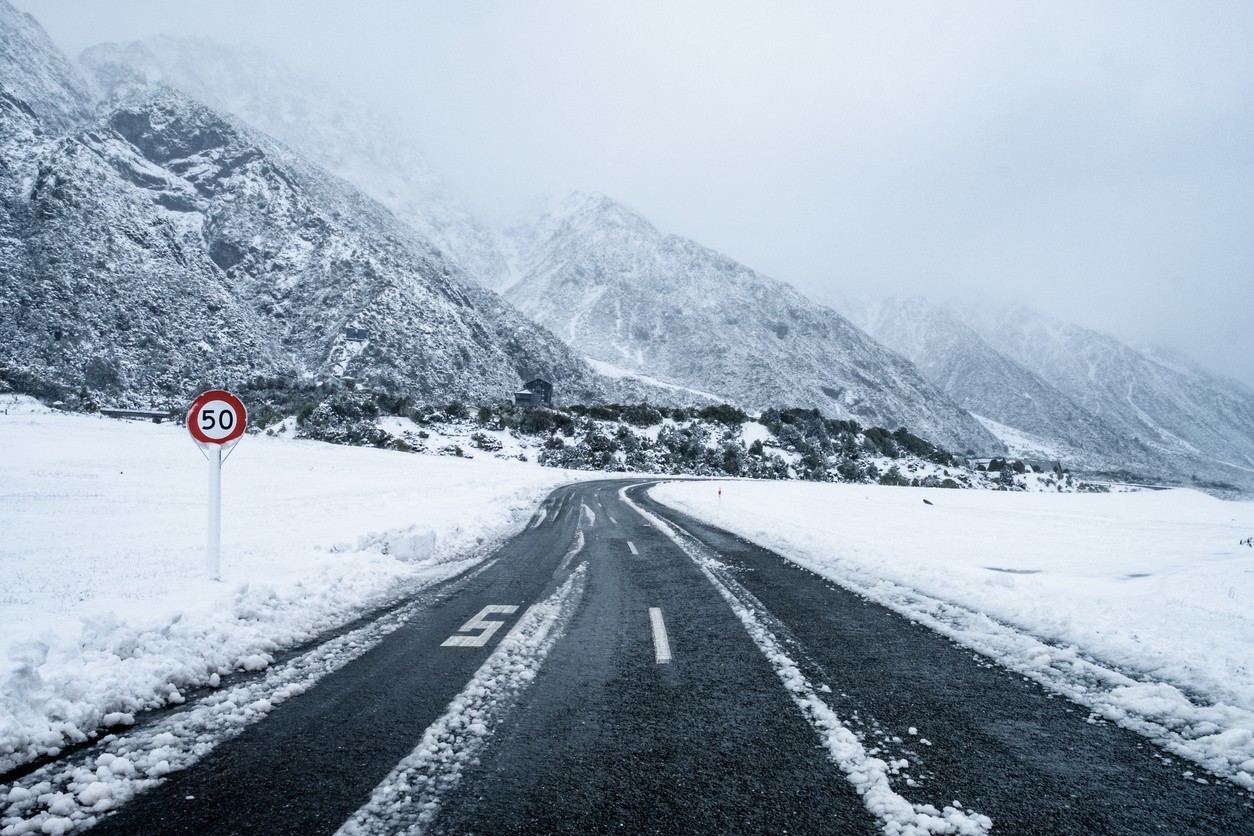
Moving house is exciting but can be really challenging during winter. New Zealand is experiencing more snowfall than usual this winter. While snow is charming and picturesque, it makes the task of moving that much more difficult, especially when New Zealand roads and vehicles aren’t equipped for snowfall. If you’re moving house this winter, here are some things you should prepare for in the event of heavy snow, hail or rain.
1. Monitor the weather
New Zealand's weather can be unpredictable, especially during the winter months. While low-lying and coastal areas of the north island don’t often experience snow, the south island, especially Southland, Central Otago, Otago and Canterbury, are no strangers to snowy winters. The problem with snow in New Zealand is that our cities and vehicles aren’t prepared for large snow dumps. This can make driving in the snow hazardous as our streets aren’t gritted. Furthermore, many drivers aren’t used to adjusting their driving to snow and ice.
If you’re moving during winter, keep a close eye on weather forecasts in the weeks leading up to your move. Be prepared for last-minute changes and have a backup plan in case the weather takes a turn for the worse. Flexibility is key to successfully navigating a snowy house move.
2. Preparing Your Belongings
Before the move, take steps to protect your belongings from the cold and moisture. Wrap fragile items securely in bubble wrap or blankets, and consider using waterproof covers for furniture and boxes. Make sure you disassemble larger furniture pieces to make them easier to transport.
While snow may look pretty, melted ice can ruin your belongings. You don’t want to expose your belongings to the weather. If the weather is going to be snowy or wet, consider storing any precious belongings in plastic tubs rather than cardboard boxes. This will help keep your items shielded from the weather.
3. Winterising Your Vehicles
If you plan to drive to your new home, ensure your vehicles are winter-ready. Check the tires for proper tread and inflation, and equip them with snow chains if necessary. Have an emergency kit in the car, including blankets, water, snacks, a torch, and a first aid kit. Winterising your vehicle will make driving your car in snow, slush or hail a much safer experience. If you're hiring a moving van, make sure you adjust your driving to the conditions.
4. Clear Pathways and Driveways
If you're moving from or into a property with snowy driveways or icy pathways, make sure you clear a path to the house free of snow, ice or slush. You don’t have to make a separate trip your new home to do this. Simply pack a shovel in your car or moving van along with your items. Clearing pathways helps to prevent accidents during loading and unloading. A safe, clear pathway will make the process smoother for everyone involved. Make sure you look out for black ice or ice on any steps or entrances to your home. This is where the majority of accidents happen.
5. Wear Your Winter Essentials
Wear as much warm clothing as you can. On moving day you’ll be in and out of your house and won’t be able to keep the heating on. Make sure you wear a base layer to help insulate your body heat, a thin mid-layer for added warmth and an outer layer that’s warm but doesn’t restrict your movements. Try and stay as dry as possible during the move. If it’s raining, wearing a thin, fully waterproof outer layer will ensure you stay dry without overheating from all that strenuous exercise. It’s best to wear boots during the move to protect your feet from getting too wet.
6. Don’t Forget to Eat
Moving can be physically demanding, and the cold weather can sap your energy faster than you might realise. Have warm beverages and snacks available throughout the day to keep everyone hydrated and fueled. This is particularly important for the movers who are working tirelessly to ensure a successful move.
7. Protect Your New Home
Moving in winter means snow, rain and slush. Combined with dirt and grit, the last thing you want is to trek dirt and mud into your new home. Before you move the first box inside, place a plastic tarpaulin or some cardboard boxes on the ground to protect your floors. You don’t want the carpets to get dirty or your wooden floors or tiles to get slippery.
If you have a few people helping you during the move, minimise movement between the indoors and the outdoors. If you can, have someone inside who can hand furniture and boxes so that you don’t have to take your shoes or get your floors dirtier than they have to be.
8. Have an Unpacking Strategy
When you arrive at your new home, prioritise unpacking essentials like bedding, clothing, and kitchen supplies. Check that the heating systems are functioning properly, and once everything is moved inside, start heating your house. You might have to prioritise moving wood or kindling inside early on, if you’re moving to a home with a wood fire. Get your beds made up first so that at the end of a long, cold day, your household can get into bed without any hassle.
9. Hire Professionals
Moving during winter can make an already difficult process that much more stressful. If you’re moving in an area which experiences regular snowfall, why not hire professional movers to help? Your hired movers will be responsible for packing and unpacking your truck, driving in difficult conditions and moving everything into your new home.
10. Make Their Move Easy
Even when you hire professionals to move for you during winter, you can still take steps to make their move easy and safe. Defrosting or deice your driveway and any steps leading into your house to ensure your movers' safety. You can also place cardboard or tarpaulins down near the entrance of your home to keep dirt and snow off your floors. Don't forget to thank your movers for providing a service during such difficult conditions.
No matter where you’re moving from or where you’re moving to, you can find a professional mover at Wise Move. Book your next move now!
What do our customers say?


Wherever you are
Moving services across New Zealand. All Covered. No Hassle.
- Auckland
- North Shore
- Wellington
- Christchurch
- Hamilton
- Tauranga
- Palmerston North
- Nelson
- Whangarei
- New Plymouth
- Queenstown
- Dunedin
- Invercargill
- Rotorua
- Napier-Hastings
- Kapiti
- Whanganui
- Gisborne
- Blenheim
- Pukekohe
- Timaru
- Taupō
- Masterton
- Levin
- Ashburton
- Whakatāne
- Rangiora
- Feilding
- Rolleston
- Tokoroa
- Oamaru
- Hāwera
- Gore
- Waiuku
- Waiheke Island
- Greymouth
- Wanaka
- Motueka
- Te Puke
- Huntly
- Matamata
- Morrinsville
- Kerikeri
- Thames
- Kawerau
- Waitara
- Ōtaki
- Lincoln
- Kaitaia
- Stratford
- Alexandra
- Dannevirke
- Carterton
- Dargaville
- Cromwell
- Waihi
- Whitianga
- Snells Beach
- Marton
- Warkworth
- Foxton
- Taumarunui
- Katikati
For every (wise)move



